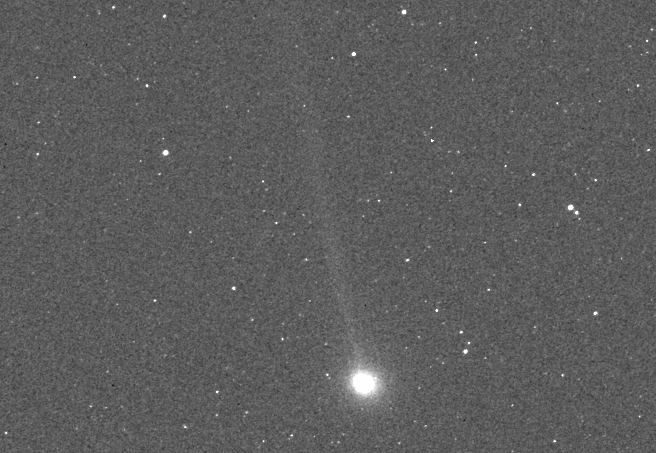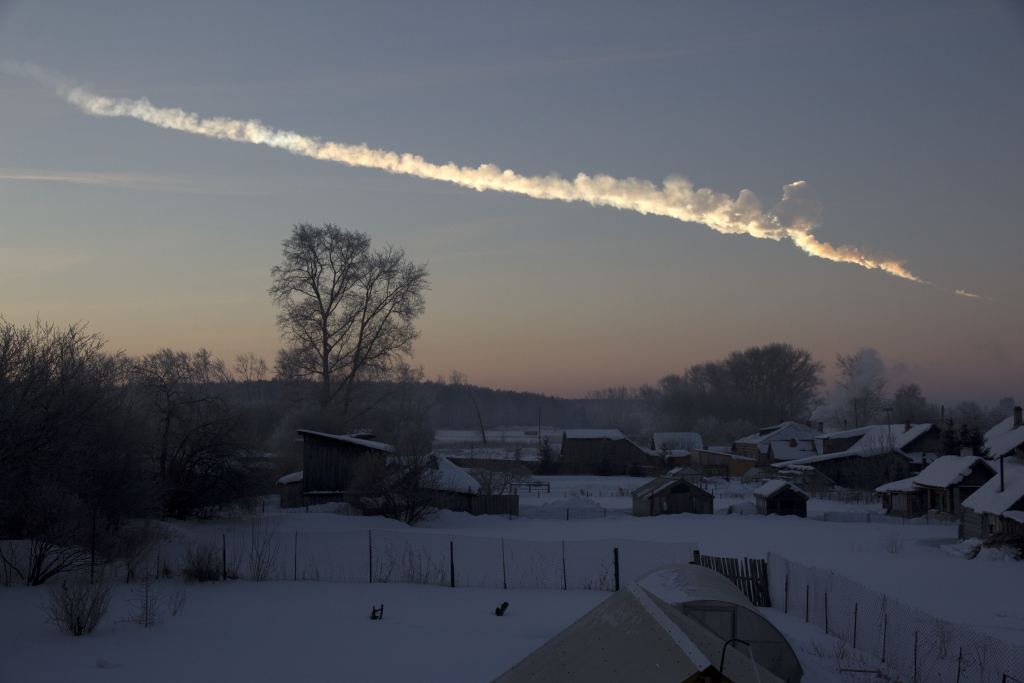As comets travel along their orbit they dump material along the way. A stream of debris known as the Taurid swarm has been keeping astronomers attention. It's thought the debris is the remains of comet Encke which has also been fuelling the Taurid meteor shower. The swarm is believed to be composed of mostly harmless, tiny objects but there has been concern that there may be some larger, kilometre size chunks. Thankfully, new observations reveal there are of the order of 9-14 of these 1km rocks.
Planets, minor planets, asteroids and of course comets are the occupants of our Solar System. The comets are small objects composed largely of ice and dust or rocky material. A wonderful and accurate description of these icy wanderers is dirty snowballs. Imagine picking up a handful of snow and ice on a wintry day, you are likely to get bits of soil and stone mixed in with the snow and it's this that earns them this name. They originate from the remote parts of the Solar System, notably the Kuiper Belt and Oort Cloud. As they approach the Sun, the warmth causes the ice to sublimate to a gas creating the gaseous coma and long tail. As the come travels along its orbit, the sublimation of ice releases dust and debris along the path.
One such comet is known as Comet Encke, a short period comet with an orbital period of 3.3 years. It was first detected in 1786 by Pierre Mechain and its orbit calculated by Johnann Franz Encke in the late 19th Century. Whilst most comets originate from the Kuiper Belt or Oort Cloud, Encke seems to have found its way closer to the Sun making frequent predictable visits. Like all comets, Encke deposits debris along the way and this leads to the Taurid meteor shower which is visible in late October/early November.
A team of astronomers using the Zwicky Transient Facility (ZTF) telescope explored swathes of sky to investigate the stream of debris which is thought to have drifted from the main Taurid stream. Thought to be the remains of Comet Encke, this drifting swarm has been long puzzled astronomers and raised concerns of potential rocks heading to Earth. That is, until now.
The study follows from previous efforts to analyse the swarm and had identified a significant number of kilometre-class rocks. Objects of this size would pose a significant threat to Earth. Back in 2013 we were reminded of such dangers by the Chelyabinsk asteroid that exploded over Russia and injured over 1,600 people.
The team announced their findings at the American Astronomical Society Division for Planetary Sciences annual meeting. They confirmed that contrary to the expectations, there are only a handful of the asteroids maybe up to 14 which are of kilometre size. Assistant research scientists Quanzhi Ye explained 'Judging from our findings, the parent object that originally created the swarm was probably closer to 10 kilometres in diameter rather than a massive 100 kilometre object. We still need to be vigilant about asteroid impacts but we can probably sleep better now knowing these results.'
Studying features like the Taurid swarm enable us to learn more about smaller objects in the Solar System and how they break apart over time. The study will also help future asteroid detection and defence planning exercises for when real threats are identified. As for the Taurid swarm, follow up observations will be completed in future years when the swarm passes close by Earth again.
Source : New study eases concerns over possible “doomsday” asteroid swarm
 Universe Today
Universe Today



